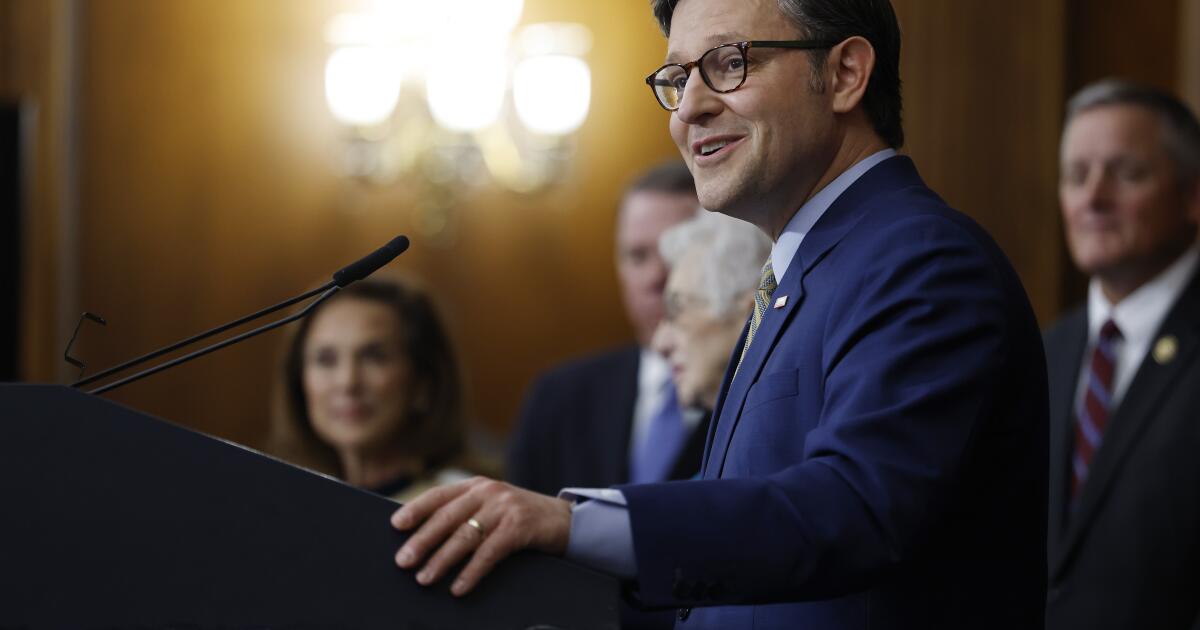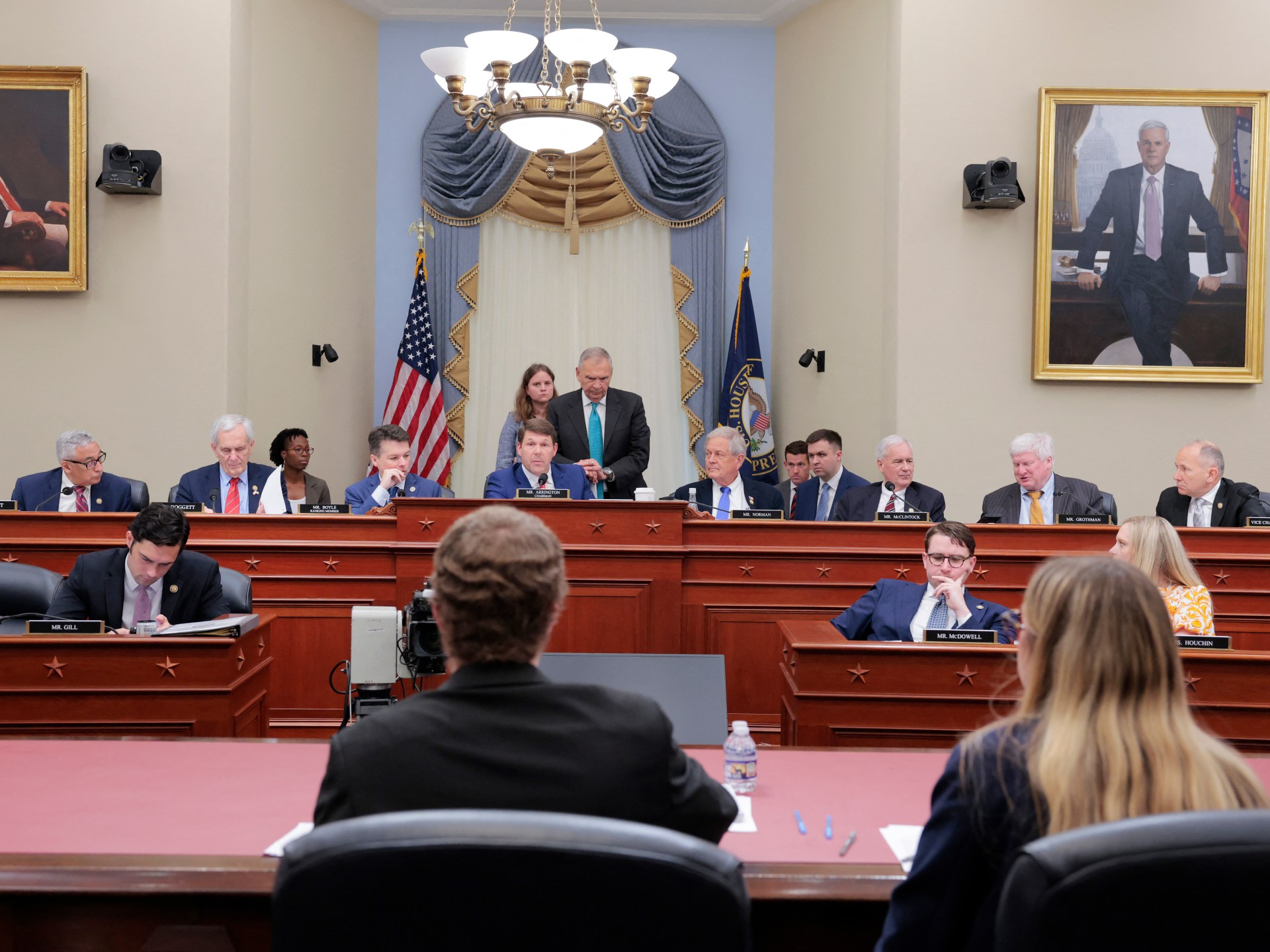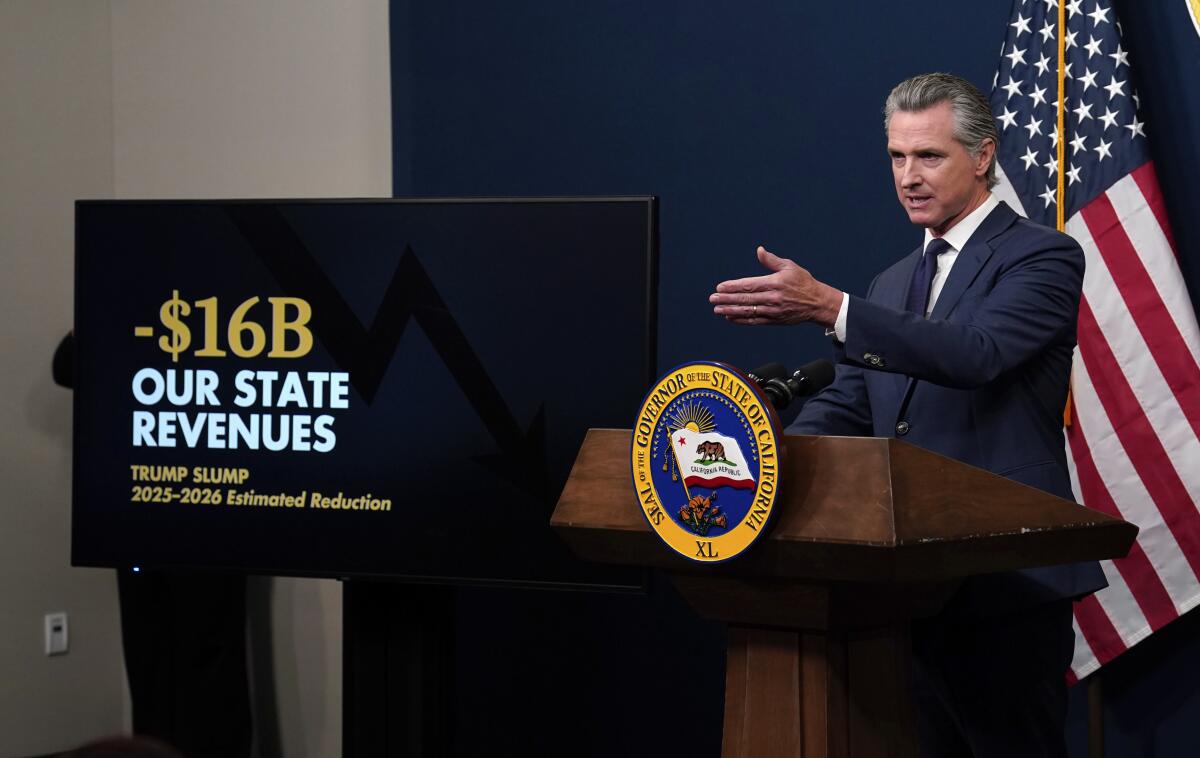James and Georgina Nair, both 78, have been coming to Tenerife for 30 years, usually twice a year. But, since they became pensioners, they have made just the one annual trip
A Liverpool couple who have been regular visitors to Tenerife for three decades are now cutting back on their trips due to soaring costs.
James and Georgina Nair, both 78, from West Derby, Liverpool, cherish Tenerife as a “special” place and are planning to celebrate their diamond wedding anniversary there next year. The pair, James, a retired engineer, and Georgina, a former seamstress, have enjoyed the Spanish island’s charms for 30 years, typically visiting twice annually. However, since retiring, they’ve reduced their visits to once a year.
“We’d be lost without a holiday like this,” but noted that the area has undergone changes, not all of which they appreciate. Complaining about rising prices, Mr Nair told the Express: “Everywhere you go now, everything’s double the price.”
Do you have a travel story to share? Email [email protected]
READ MORE: Britain’s Magaluf’ unrecognisable since ‘mankini ban – but not everyone is happy
Georgina raised the increased cost of a gin and tonic, now around €7.50 (£6.30), lamenting the switch from draft to bottled mixers, which incurs extra charges. Her husband reminisced about the wider availability of Carling beer in the past, noting that while local beers are often cheaper, he remains loyal to his preferred British brand.
Despite these gripes, the Nairs acknowledge that Tenerife has seen improvements, with many bars having “changed hands” and “modernised”. Georgina concluded with affection for the island: “I love it here. The different hotels, different character.”
She reminisced about how they often visited a local pub over the years, which has since changed its character.
Recent months have seen protesters flooding the streets of Tenerife and the Canary Islands, voicing their concerns over the impact of over-tourism. When The Express quizzed the retirees on their views, James expressed his disapproval: “Personally, I don’t like what they’re doing. Ordinary tourists like me and my wife, we give more to the economy.”
He continued, highlighting the irony of the situation: “We’ve only come for a holiday. They’ve shot themselves in the foot. Many people are employed in hotels – they’d be out of work. They’re going after their own people.” He also noted that during the pandemic, Tenerife’s tourist hotspots “suffered a lot”.
Georgina chimed in with her perspective: “It’s a special place, we know the area very well. We can understand where they come from. But we help them.”
The rising price of a break in many popular Spanish destinations has given some Brits cause to pause before booking a holiday in recent years. As has the rise of protests aimed at overtourism issues.
“Spain has been at the forefront of locals’ overtourism protests – perhaps 100,000 massed across the Canaries last weekend – and cruise limits are in place in Barcelona and Palma. This is not just about cruise passengers, though. There are wider issues of mass beach and city tourism in Spain and beyond and the impact it can have on a community,” the Mirror’s travel editor Nigel Thompson recently wrote on the topic.
“That said, we should not forget the huge amount of valuable income tourism can generate. Billions poured into economies and hundreds of thousands of jobs are not to be ignored, just as the grievances of locals in destinations are not to be ignored either. A very tricky issue to balance out.”

























